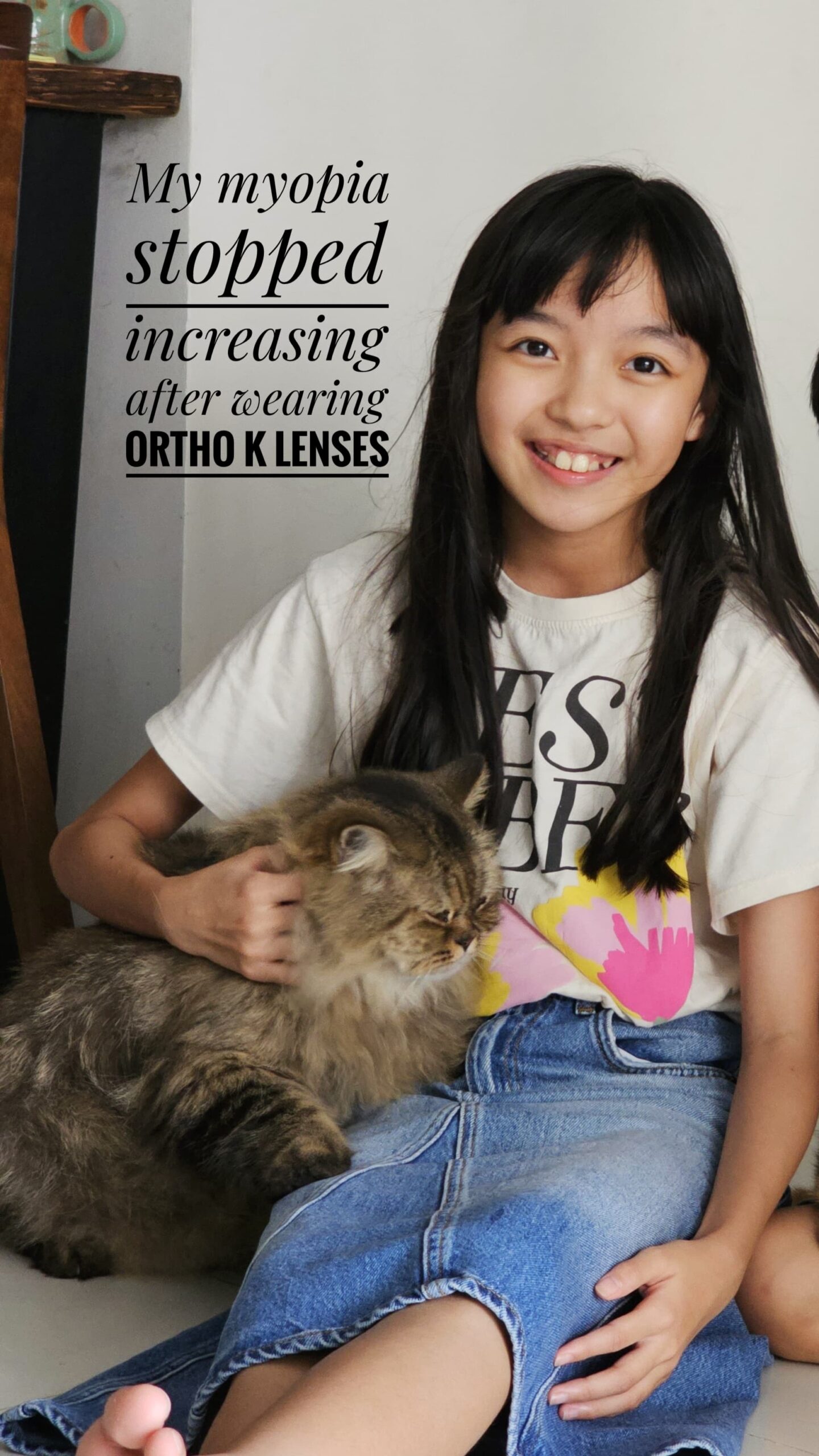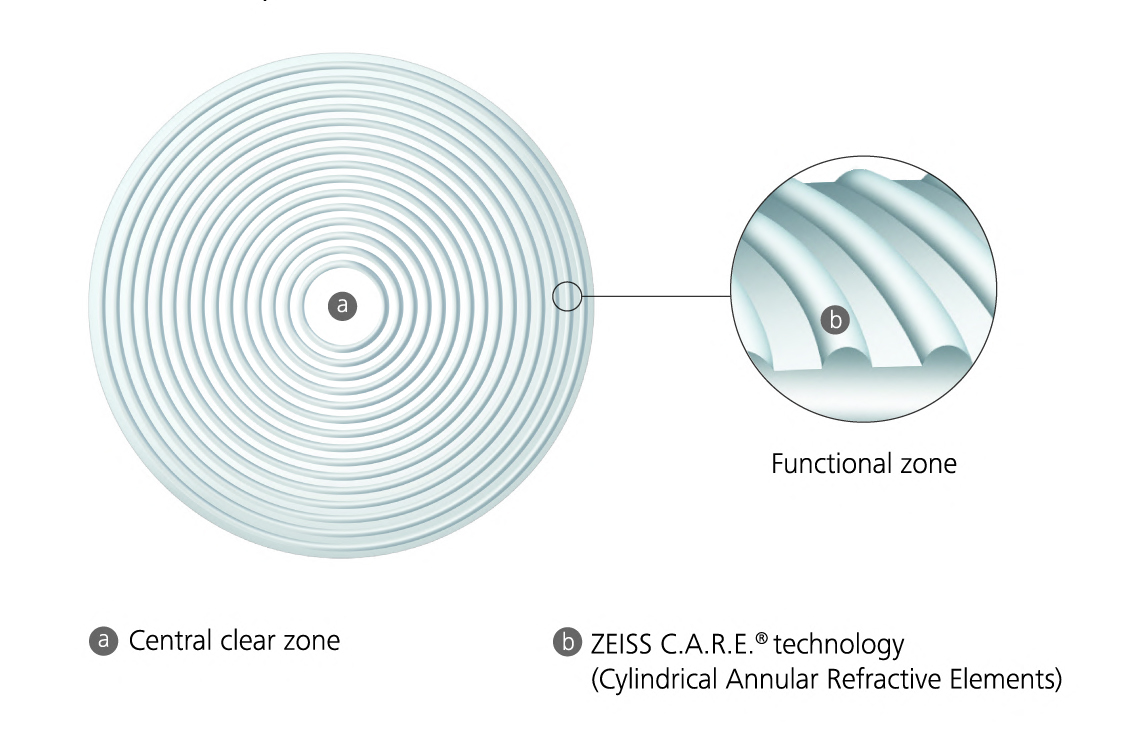What is Myopia Control ?
Myopia control or myopia management is using certain treatments to slow down myopia progression in children.

Myopia, also known as near-sightedness, is an eye condition which you are unable to see distance objects clearly, but able to see near objects clearer. The higher the myopia, more blurriness will be experienced without refractive correction (eg, spectacles) and the child will have higher risk of developing eye diseases in the future. The table below shows the classification of Myopia.

Why is it important to control myopia?
With increased usage of digital devices and indoor time, children tend to get myopia at an earlier age which can result in higher myopia later in life.
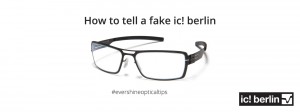
Children with myopia have risks of getting vision-threatening complications such as myopic macular degeneration (MMD), retinal detachment, glaucoma, cataract later in life which can potentially lead to blindness. The greater the severity of myopia, the higher the risk of them developing these complications.
The table below shows the chances (odd ratio) of myopic patient VS emmetropic patient (do not need visual correction) developing eye complications of myopia:
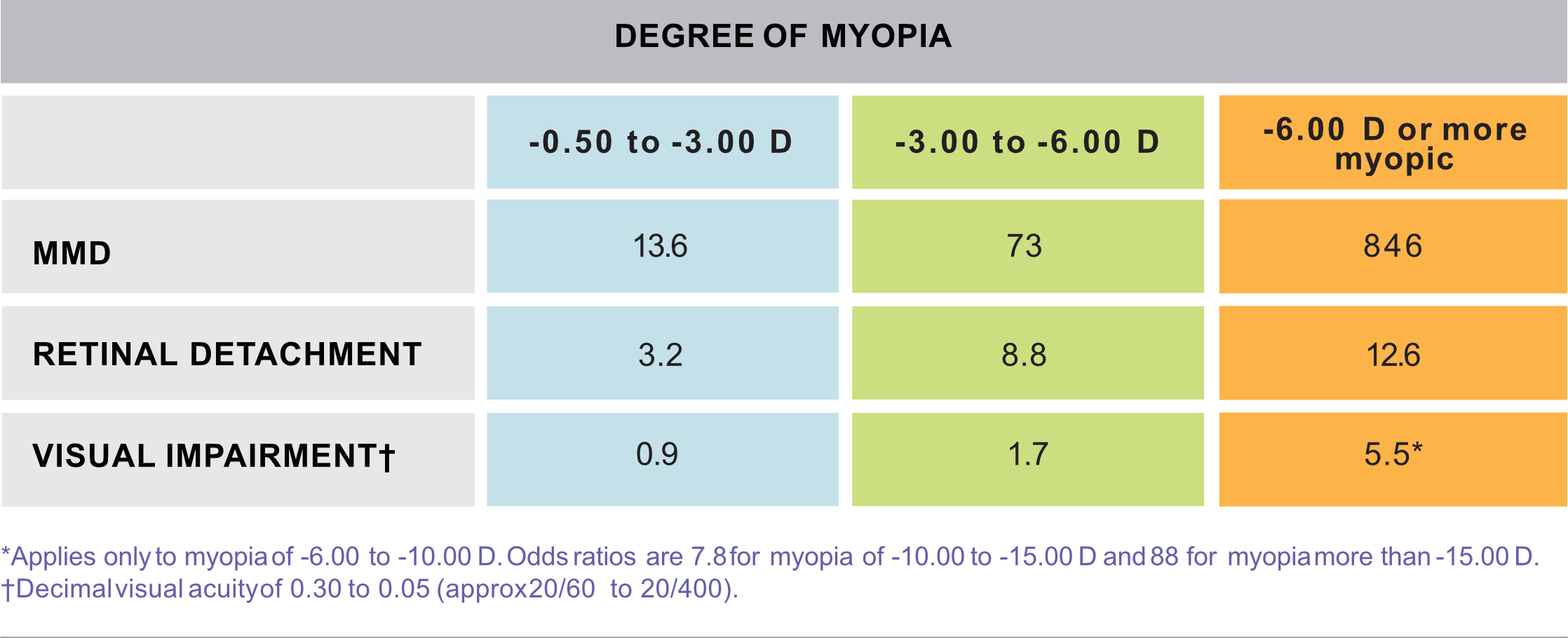
Myopia control slows down or prevents the progression of myopia which will benefit the children by lowering the risk of the eye complications in the future. The diagram below shows the threat of myopia:
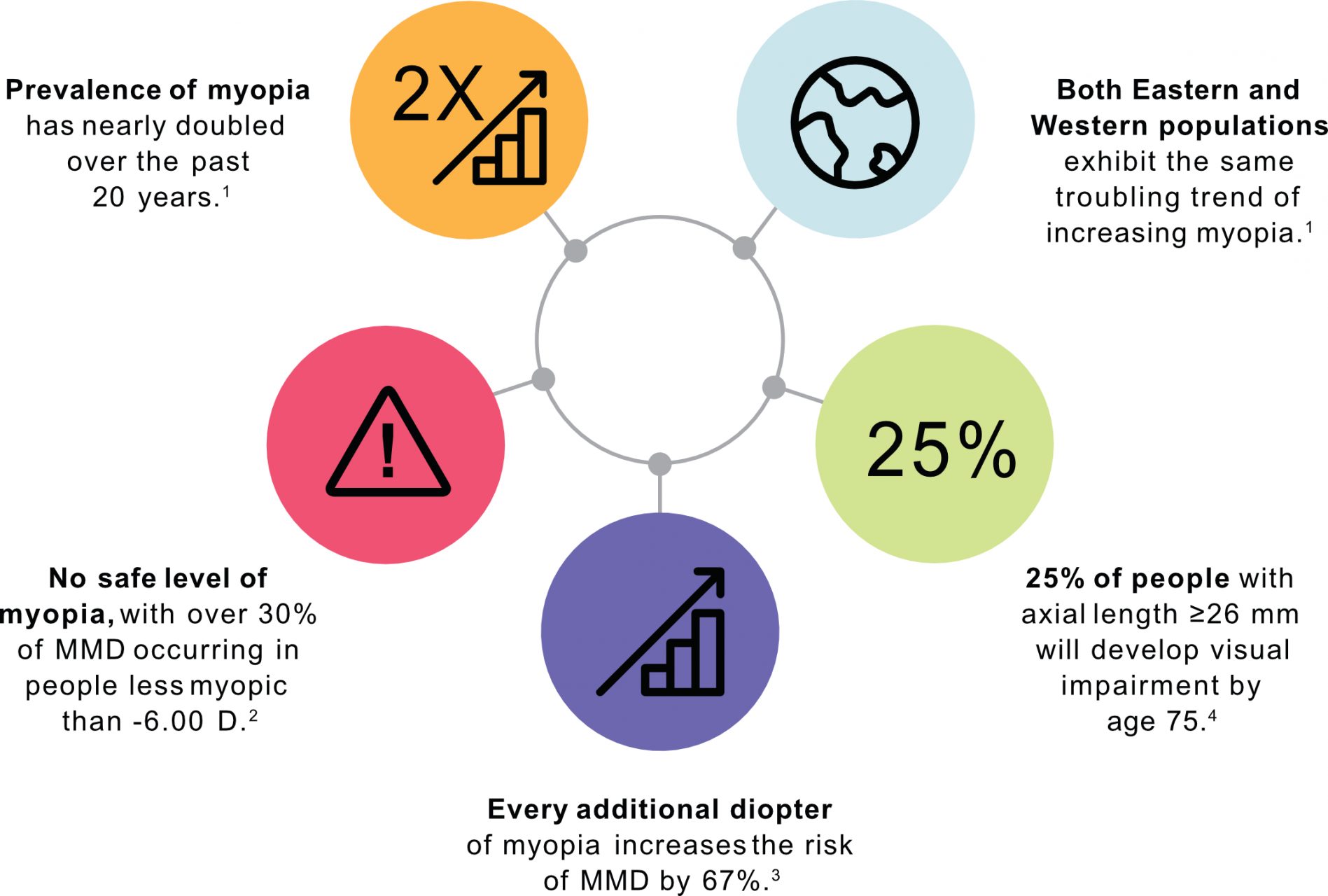
What are some ways to control myopia progression?
The main ways of myopia control are myopia control lenses such as MyoVision Pro and MyoKids from ZEISS, MiyoSmart from Hoya, contact lenses such as Misight from Coopervision, Orthokeratology and pharmaceutical eye drops such as Atropine.
Update: In 2021, Essilor added Stellest into their range of myopia control spectacle lenses.
Update: In 2023, there are new myopia controls launched in Singapore. For myopia control spectacle lens, there is ZEISS MyoCare. For myopia control contact lenses, there are Menicon Bloom Day and ACUVUE Abiliti 1-Day.
Myopia Control methods that Evershine Optical provides
We provide myopia control lenses such as ZEISS MyoCare, Essilor Stellest, Hoya MiYOSMART and more.
Other than spectacle lenses, we also provide myopia control contact lenses such as Menicon Bloom Day, ACUVUE Abiliti 1 Day and Orthokeratology.
Effectiveness of each myopia control methods
| Myopia Control Methods | Effectiveness in controlling myopia progression |
| ZEISS MyoCare (NEW) | 63% for aged 7-9 years old 83% for aged 10-12 years old (Effectiveness in controlling axial length) |
| Zeiss MyoVision Pro | 30% |
| Zeiss MyoKids | 30% |
| Hoya MiyoSmart | 59% |
| Essilor Myopilux Plus | 20% |
| Essilor Myopilux Max | 51% |
| Essilor Stellest | 67% |
| Coopervision Misight | 30% – 50% |
| Menicon Bloom Day (NEW) | ~ 30% – 50% |
| ACUVUE Abiliti 1-Day (NEW) | ~ 30% – 50% |
| Orthokeratology | 30% – 60% |
| Atropine eye drops (Dosage dependent) | 27% – 66% |
Which is the best myopia control method for your child?
Every child is unique and responds differently to each type of myopia control method. To determine which is the most suitable myopia control method for your child, a comprehensive examination (available in Evershine Optical) will be conducted to check the severity of the myopia, health of his eyes, alignment of the eye, whether your child have lazy eyes and more. Your child’s daily activities and lifestyle will also need to be taken into consideration before deciding which is the most suitable method for your child.
The factors shown below are what will be taken into considerations before prescribing your child the most suited myopia control method for him.
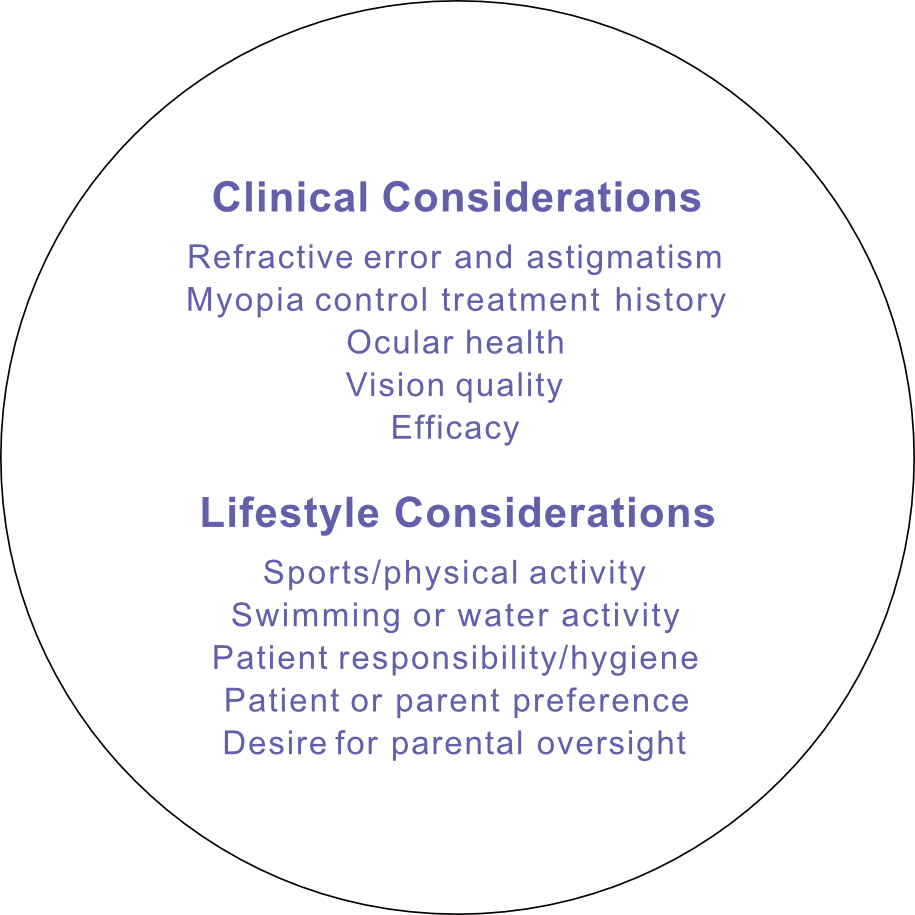
Myopia control lenses 近视控制镜片
Spectacle lenses is a non-invasive myopia control method which poses less complications to the eyes. In addition, it is a more affordable option.
1. ZEISS MyoCare (NEW)
ZEISS MyoCare is a new myopia control lens launched by ZEISS in 2023. It uses C.A.R.E technology (Cylindrical Annular Refractive Elements) which blurs up the peripheral part of the vision and keep the central vision clear. The peripheral view will be more blurry as compared to MyoVision Pro.
It has 2 lens design for different age groups, MyoCare and MyoCare S.
2. ZEISS MyoVision Pro and MyoKids

MyoVision Pro does not require the child to tilt their head while doing near work, which may be more comfortable for the child.
MyoKids however, requires the child to tilt their head when doing near work in order to achieve the desired effect.
3. Hoya MiYOSMART 豪雅新学乐

Hoya MiYOSMART uses D.M.I.S technology (Defocus Multiple Integrated Segments) which induces blurred vision at peripheral parts of the lenses while maintaining a clear vision in the center. The peripheral view will be more blurry as compared to MyoVision Pro.
No head tilt will be required when doing near work, providing better comfort and quicker adaptation. The lenses also appear more cosmetically appealing.
Want to find out if MiYOSMART is really that effective in controlling your child’s myopia progression? We did a short review on MiYOSMART.
4. Essilor Stellest 依视路星趣控
Essilor Stellest is a new myopia control lens. It uses H.A.L.T Technology which blurs the peripheral part of the vision while keeping the central vision clear.
Currently, Essilor Stellest has the highest effectiveness among myopia control spectacle lenses.
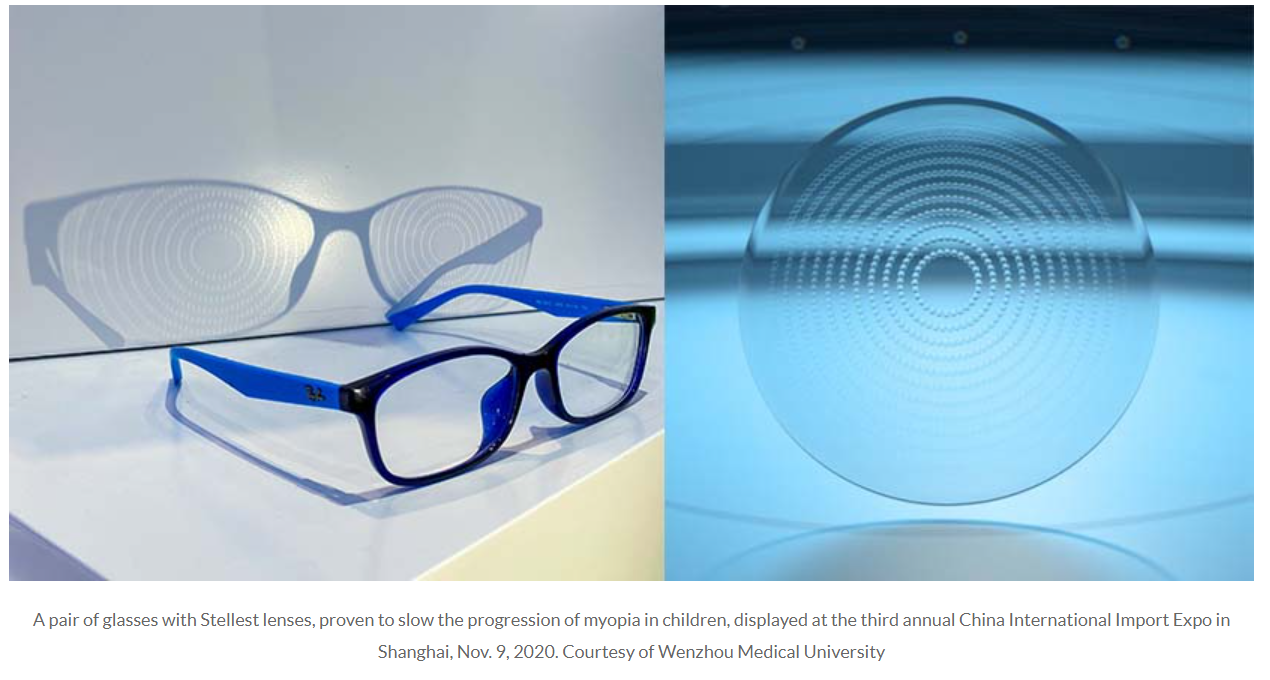
5. Essilor Myopilux Plus and Myopilux Max
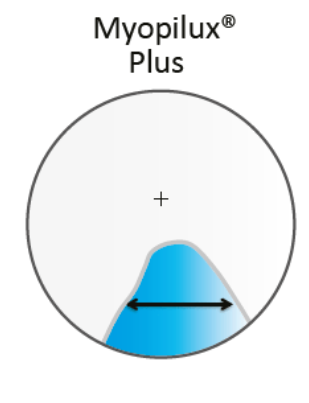

Essilor Myopilux Plus provides a better cosmetic appearance but has a narrower reading area.
Myopilux Max has a wider reading area, however a line is visible across the lenses due to its bifocal nature and is less cosmetically appealing.
Contact lenses
For children who are actively engaged in physical activities, or simply do not enjoy wearing spectacles, contact lenses such as Coopervision Misight, Menicon Bloom Day, ACUVUE Abiliti or Orthokeratology 角膜塑形镜 can be good alternatives for them.
1. Coopervision Misight
Coopervision Misight is the first and only soft contact lenses that FDA approves to slow down myopia progression.
Without the weight of spectacles, this method will be more comfortable for the child.
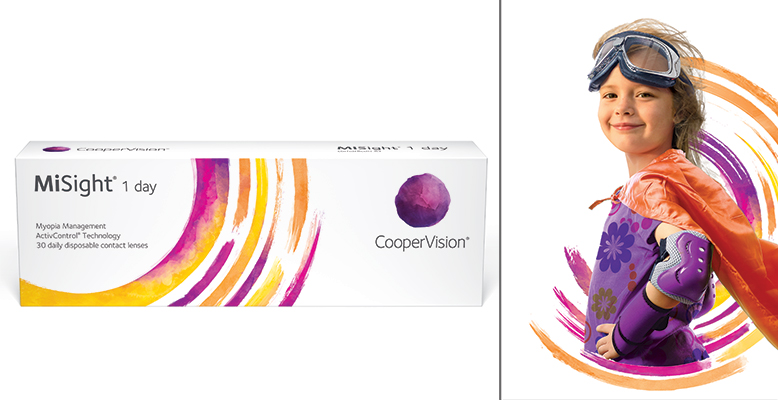
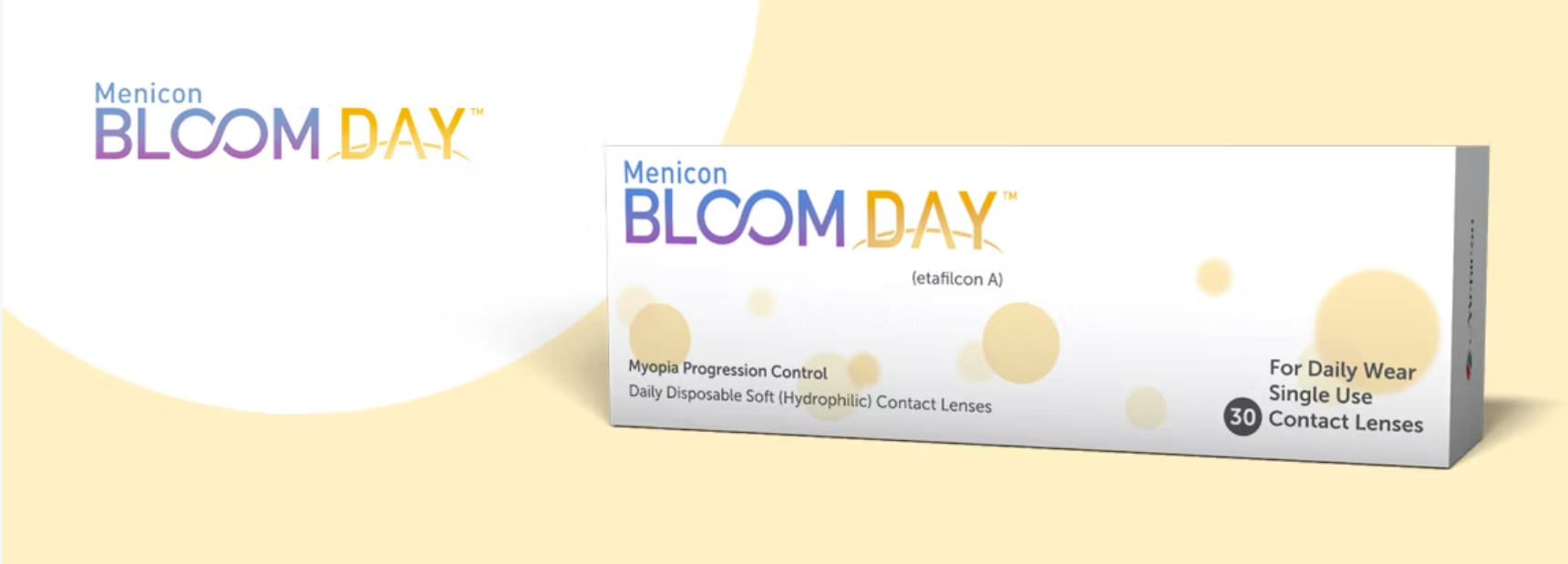
2. Menicon Bloom Day (NEW)
Menicon Bloom Day is also a new myopia control soft contact lens.
The lenses uses a unique patented design which alter the way light enters your children’s eyes and how images focus on their retina. This reduces the amount of myopia they develop.
3. ACUVUE Abiliti 1 Day (NEW)
ACUVUE Abiliti 1 Day Soft Therapeutic lens is a new myopia control soft contact lens.
Instead of using a traditional concentric ring presbyopic lens design, it is designed with novel ring focus technology to slow down myopia progression in children.
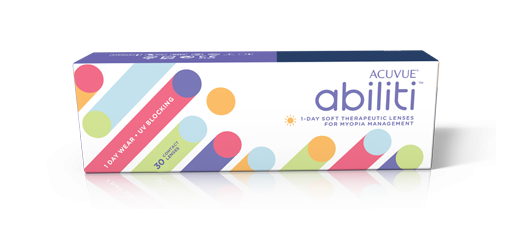
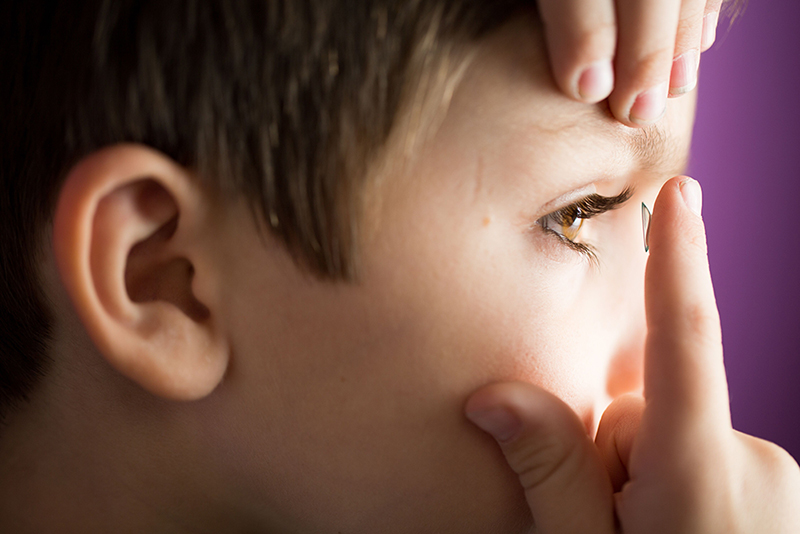
4. Orthokeratology (Ortho-K)
Orthokeratology are hard contact lenses that shapes your cornea when worn to sleep.
Children are required to wear Ortho-k lenses to sleep.
Due to the hardness of the lenses, the child’s cornea shape is altered overnight, providing him with clear vision the next day. However, as the day progresses, the child’s vision might deteriorate slightly as his cornea gradually returns to its original shape.
The cost of Ortho-K lenses starts from about $1600 and the child will require frequent follow-up.
Nonetheless, contact lenses is an invasive method. It poses possible complications such as infections which can lead to blindness. As such, it is key for the child to maintain and comply with proper contact lens hygiene practices.
A pair of back-up glasses are recommended in the case of eye complications or situations when a lens is lost.
Pharmaceutical eye drops
Studies have shown atropine is one of the most effective myopia control methods. The child can avoid contact lens wear using this method. There are some possible side effects that your child may experience throughout the day such as blurry vision at near, increased sensitivity to light, after starting atropine treatment.
However, long term systemic side effects are not known yet.
The price of atropine treatment is an important point of consideration before commencing it as the prices are rather costly.
What is the best age to start myopia control?
The below table shows that
- if the child is below the age of 12 and has no myopia, the child becoming myopic is highly likely and needs to be closely monitored.
- if the child is below the age of 12 and is myopic, myopia progression is highly likely.
- if the child is 13 years or older and is myopic, myopia progression is possible.
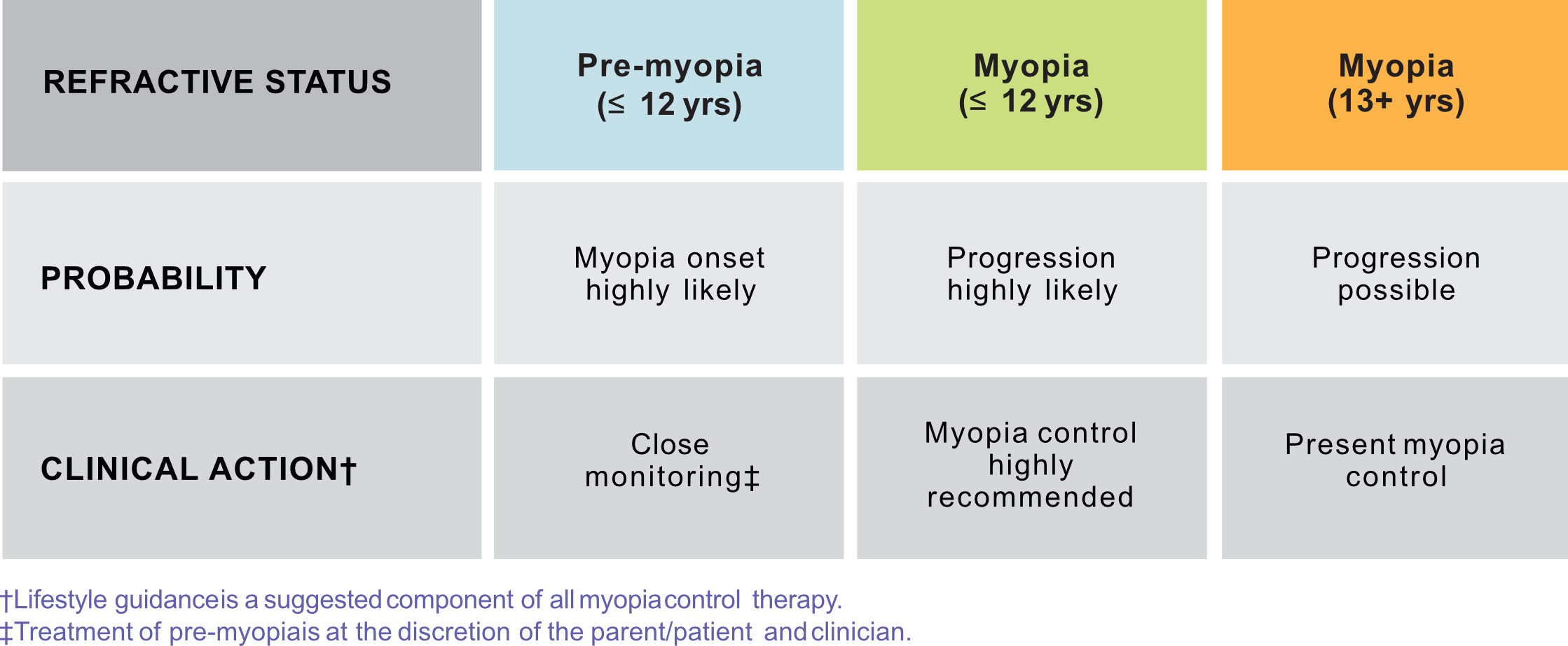
Nixon A. et al. (2020)1
Myopia usually stabilizes at around the age of 20. Early onset of myopia means there will be more years for myopia to progress and many studies have shown that school age is the point where myopia progression increase dramatically in children.
Studies have shown that children at age of 6 to 7 have an average myopia progression of -2.21 diopters in 3 years and they have the fastest myopia progression as compared to other age groups. The higher the myopia, the higher the risks of your child developing eye diseases in the future.
Hence, it is important to start myopia management early, especially when the myopic child is under 12 years old. Myopia control treatment will usually last until there is little or no myopia progression.
What to expect during the 1st visit @ Evershine Optical
We will need to understand about your child vision needs, lifestyles, eye conditions and more.
A comprehensive eye examination in the following will be conducted by our optometrist:
- Refraction Test
- Objective and Subjective refraction
- To check power of the eye
- Eye Health Check
- To assess health of front and back part of the eyes
- Axial Length Measurement
- Measure the length of the eyeball to better monitor your child’s myopia progression
- Binocular Vision Test
- To check the alignment, strength, flexibility and focusing ability of the eyes
- Colour Vision Test
- To test if your child have colour blindness
- Intraocular Pressure
- To examine the pressure of the eye
Afterwards, we will share with you the findings. We will advise your and your child according to his / her age and degree of myopia and recommend the most suitable myopia control method for your child based on the factors shown below:

A quarterly follow up check will also be done if you choose to have myopia management for your child at Evershine Optical. This is done to monitor your child’s myopia progression and the effectiveness of the treatment method. At every follow up visit, your child’s myopia will be tested and eyeball length (axial length) will be measured using ZEISS IOLMaster.
Edited by Winston
Regardless whether you have chosen to have myopia management for your child, it is recommended for your child to undergo eye examination at least once between age of 3-5 and annual eye examination until they are 18 years old.
In our next article, we will talk about Hoya’s MiyoSmart and how effective it is in controlling your child’s myopia.
Book an appointment with our optometrists or WhatsApp us at +6588461234 to find out which is the most suitable myopia control method for your child.
References
- Nixon A, Brennan N, Bernsten D, et al. (2020). Managing Myopia: A Clinical Response to Growing Epidemic.
- Flitcroft DI. (2012). The complex interactions of retinal, optical and environmental factors in myopia aetiology. Prog Retin Eye Res, 31(6), 622-660.
- Press, D. (2020). Why Do So Few People Know about the Potential Pathology Related to Myopia? Review of Myopia Management.
- Weng R., et al. (2022). Efficacy of contact lenses for myopia control: Insights from a randomised, contralateral study design.
Updated on 28 Feb 2024
Myopia Control Lens
Ortho K Promo $1600 nett !
Book an appointment and indicate 1600-OrthoK to enjoy our $1600 Ortho K treatment program. Usual price $2000 to $2400
Includes Gold Standard myopia management package
Want to know more about ortho k ? Visit us for a free consult.
*T&c applies
